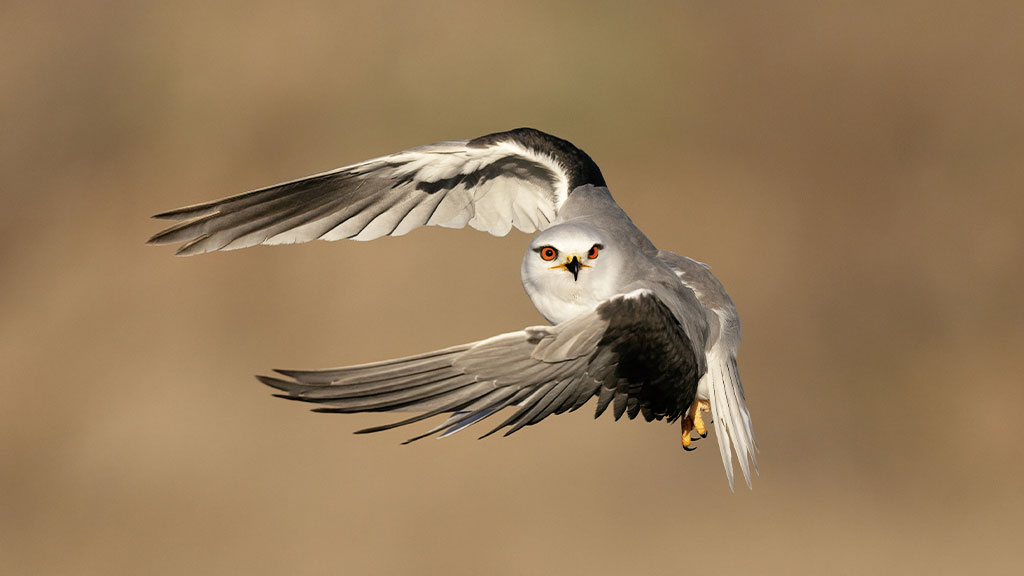Our favourite non-WWT wetland sites
Here at WWT we’re lucky to manage 10 of the best wetland sites in the world, but there are plenty of other wetlands all across the UK that are worth shouting about.
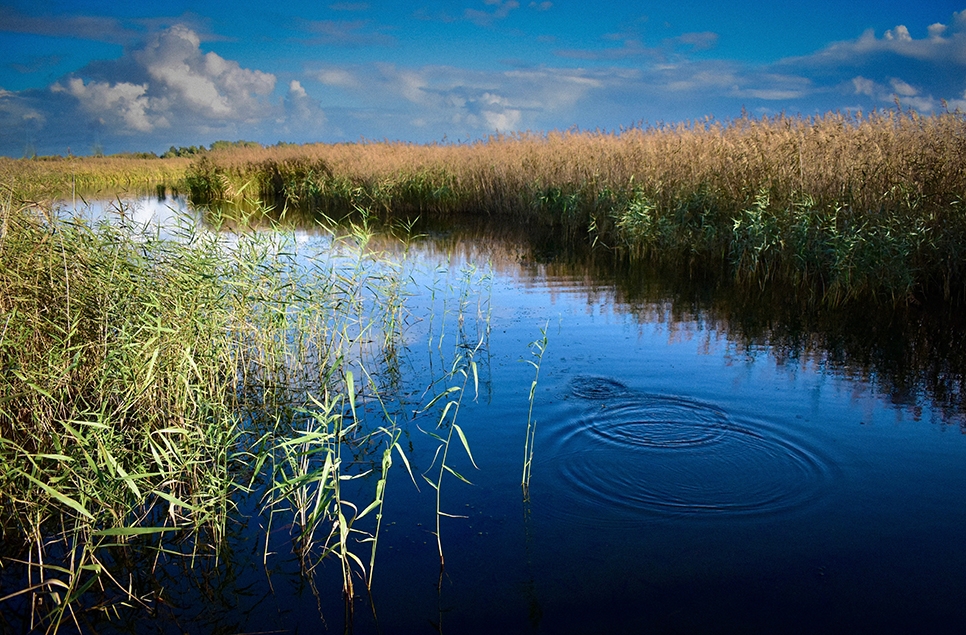
To celebrate World Wetlands Day this year, you can claim a free ticket to visit a WWT site from 31 January to 7 February 2025.
But it’s not just about WWT wetlands, we think all wetlands are great, and World Wetlands Day is about celebrating wetlands of all shapes and sizes. If you can’t enjoy the superpowers of wetlands with us, you might have a local river, lake, or marsh you can get out to, everyone has their favourites.
At WWT we asked our staff, who are all wetland connoisseurs, to think outside the WWT-bog and choose their favourite (non WWT) wetland. Here’s what they chose.
Attenborough Nature Reserve, Nottinghamshire
Once used as gravel extraction pits, this reclaimed natural gem is an easily accessible collection of ponds and reedbeds, just off the River Trent. With excellent numbers of ducks including shoveler, teal and occasionally wigeon, Attenborough is great to visit all year round. Winter is an excellent time to spot rarely seen species that generally hide among the reeds with water rail and snipe visible before the regrowth of spring begins.
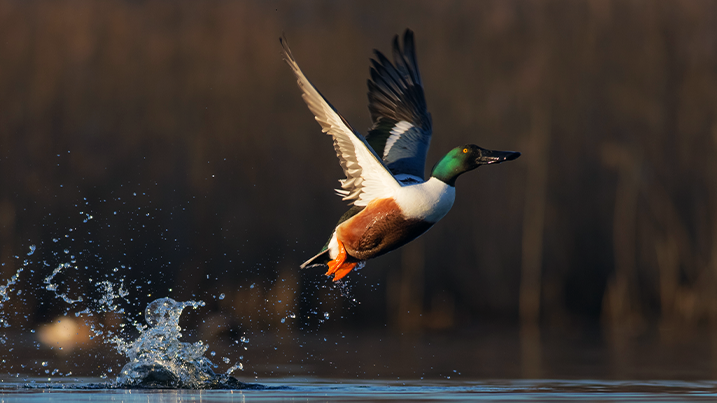
Minsmere, Suffolk
The Jewel of the Suffolk coast, Minsmere is one of the UK’s oldest nature reserves, and its enduring popularity is based on some incredible wetland habitats. Adapted from defences against potential invading forces during World War I, the famous Minsmere scrape is a semi-saline lagoon that helped bring avocets back from the brink of extinction and is an important first stop for many migrant birds. You’ll also find incredible reedbeds which are home to adventurous otters and the fantastically moustachioed bearded reedlings.
Wicken Fen National Nature Reserve, Cambridgeshire
With wooden pathways through the heart of the fen itself, a visit to Wicken Fen is a fantastic way to experience an often-hidden side to our wetlands. Immerse yourself in the sounds and sights that our wetland wildlife experiences every day. Surrounded by the rustle of reeds, Wicken Fen is an amazing place to look out for birds of prey in the winter. Short-eared owls, marsh harriers and even hen harriers are spotted gliding in the air, eyes locked below them hunting for rodents, rabbits and wildfowl that support those higher up the food chain.
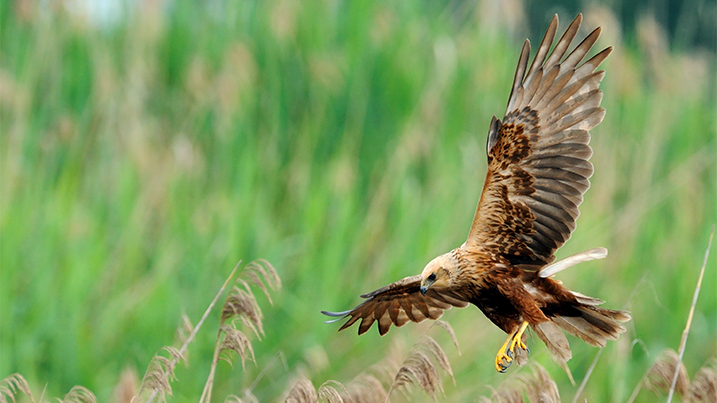
Loch of the Lowes, Perthshire and Kinross
A huge, 130-hectare reserve Loch of the Lowes is home to many of the species we now think of as quintessentially Scottish that once roamed across the UK including red squirrels and pine marten. The loch itself plays host to many wetland favourites such as wigeon and tufted ducks as well as being one of the best places to try and catch sight of beavers. At this time of year these elusive creatures are even harder to spot than the more active spring-summer seasons, but it’s a great time to roam the lands looking for telltale signs of their presence. Searching for gnawed patches of bark and felled trees amongst the shallow edges of the loch will have you acting out your best Sherlock Holmes impressions as you play wildlife detective.
Cragside, Northumberland
The creation of a Victorian inventor and his wife, Cragside is awash with man-made wetlands. Lakes, waterfalls and streams form some of the most interesting parts of this estate. The lakes play host to many ducks including the incredibly smart looking goldeneye and pochard. Or you might be lucky enough to catch sight of dippers diving along the burns, or bobbing up and down communicating to each other. This area of historic beauty is full of wildlife gems.
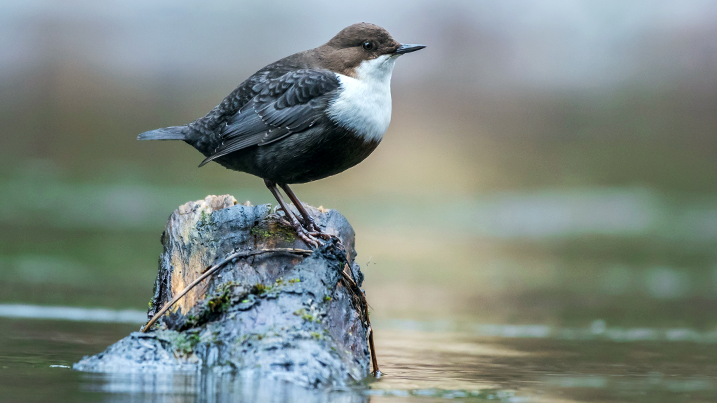
Ynys-hir, Powys
Just south of Eryri National Park, Ynys-hir is a reserve blessed with spectacular views. Showcasing a variety of habitats at their absolute best, you can be watching grass snakes glide atop freshwater pools one moment and marvelling at flocks of waders flying above saltmarsh the next. Don’t forget to look across the vital peat bog habitat for England and Wales' only wintering population of Greenland white-fronted geese.
Lough Neagh, Northern Ireland
You may notice that unlike all the other sites mentioned in this list, we’re not mentioning which county Lough Neagh is located in. That’s because it’s not so simple, Lough Neagh is huge, so big that five of Northern Ireland’s six counties contain shores of Lough Neagh. It’s not just the biggest lake in Northern Ireland, but of the entire UK. This freshwater haven is a great place for people and wildlife alike, boasting the largest concentration of great crested grebe in Ireland, as well as being the wintering home of the majestic whooper swans, and their bugling call.
Insh Marshes, Inverness-shire
Right at the heart of Scotland, Insh Marshes is a haven for waders. The thriving natural floodplain is crucial for curlews, lapwings, redshanks and snipes. It’s not just birdlife that makes Insh Marshes so special though. The marshes are one of only two sites in Britain where string sedge grows, as well other exciting flowering plants such as least water-lily and awlwort. Arctic charr spawn along the nearby River Spey, making the whole reserve an ideal place to look out for otters.
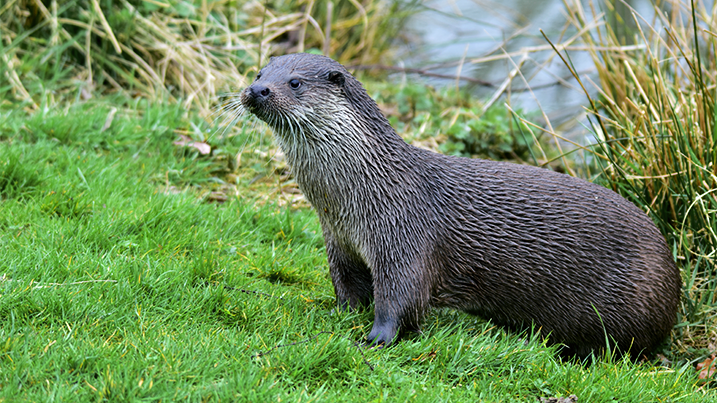
Cody Dock, City of London
Cody Dock is a wonderful example of community work, with local volunteers working to regenerate a corner of London to make it more hospitable for people and wildlife. This urban oasis is home to plenty of wildlife including kingfishers, little egrets and tufted ducks among others. In our podcast, Waterlands, we caught up with some of the volunteers at Cody Dock to find out what makes the place so special. Gino Brignoli, Cody Dock’s biodiversity officer, says: “Cody Dock allows people to come and breath in parts of the city which can otherwise feel really polluted and busy, and full of hard services and concrete.”
Newport Wetlands, Newport
Sitting on the beautiful South Wales coast, Newport Wetlands is an excellent blend of swaying reeds and estuarine mudflats. Home to reed buntings and hosts of warblers, the reeds are alive to the sounds of bird calls. The squelchy mud is a perfect feeding buffet for waders like strikingly coloured oystercatchers and wide-eyed plovers, who can be seen skittering around in search of insects to feast on. As many of you who have been to WWT Slimbridge can attest, the Severn estuary is a very special place for wildlife.
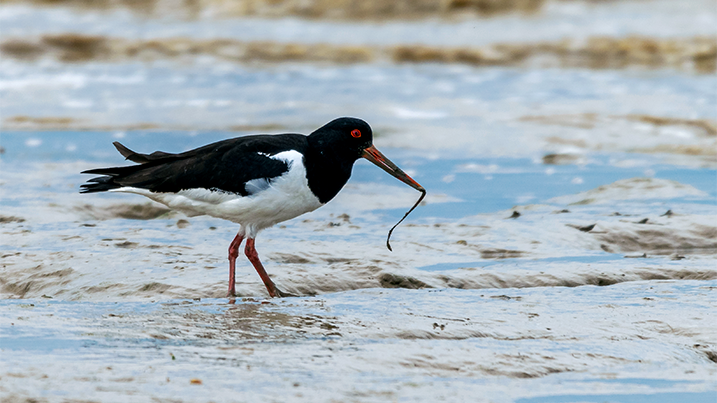
Ham Wall, Somerset
With stunning views across the marshes to Glastonbury Tor and pristine reedbeds, Ham Wall makes for a spectacular day out. This paradise to booming bitterns and colourful kingfishers, isn’t just a place for bright sunlit walks though. The thing that makes Ham Wall especially famous for visitors is their starling murmurations. These pulsating, kaleidoscopic flight patterns showcase the collaboration skills of birds like nothing else, are achingly beautiful and frustratingly difficult to predict, but Ham Wall tends to be THE place to see them on winter evenings.
Get lost
Claim your free ticket to any of our WWT wetland centres this World Wetlands Day and choose your own adventure.
Let's go